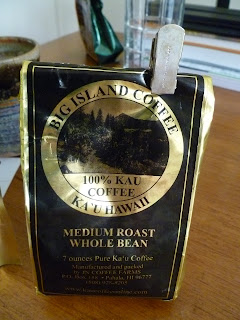 |
Xpresso Blended Ice Mocha
Xpresso is a local coffee brand on the big island,
they have a booth in the Prince Kuhio mall,
their Hilo coffee is absolutely delicious <3
My #1 favorite drink before I swore off sugar was the classic Mocha Frappe. It wasn't until I stopped drinking them that I began to wonder just what was in a frappucinno... specifically sugar-wise.
I began sniffing around for frappe facts. My research was conducted on only Grande or Medium sized frappes so all coffee mentioned in this post is referring to a 16 fl. oz beverage.
|
 |
A McCafe Iced Coffee
I got it as unflavored/ unsweetened as possible and it still tasted like candy... |
First up for my study was the McCafe. Everything I have ever had from the McCafe has been sweet, so I wasn't surprised when I found out that their Mocha Frappe had 70g of sugar, their Choc. Chip Frappe had 66g sugar and their Caramel Frappe a whopping 71g sugar!
If you don't know how much sugar that is, the total recommended sugar intake for a full-grown male is 45g a day!
 |
Starbucks Mocha Frappe
Picture from official Starbucks Coffee Company website
(they take really good pictures...) |
Starbucks was a little better, but not much. Their Mocha, Vanilla and Caramel Frappes were respectively 60, 69, and 64grams sugar. (You can find out their coffee facts on the Starbucks coffee site.)
So the question arises: what do I order if I don't order a frappuccino?
The answer-- pretty much anything else. Innocent, fluffy frappes it turns out, are really bad for you.
For yummy alternatives, McCafe's medium Iced Latte has only 8 grams of sugar.
If you prefer the Starbucks route, even the lovely Grande Caramel Macchiato has only 31 grams of sugar, which is still a lot, but not nearly as much as a Starbucks frappe which can be more than twice the amount sugar depending on the flavour.
Whipped cream also makes a bit of a difference. You can add it to your unsweetened beverage or take it away from your sugary one; McDonalds whipped cream portions are about 3g sugar and Starbucks whipped cream is closer to 2 grams. The difference in total sugar intake isn't much, but it helps.
Even better is getting a steaming (or iced) cup of plain coffee. Your medium/grande original coffee has zero grams sugar, zero grams transfat and zero grams cholestrol! *cheers wildly*
Yours Caffeinated,
Arah




























